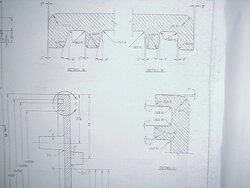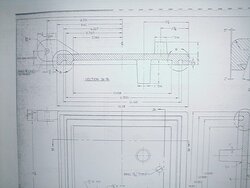- Jan 31, 2013
- 36
my question is should there be a gasket in the door of these stoves . i have come across them with gaskets but i believe that i read bob made these stoves with out gaskets . and if he did design it that way are most still air tight even now after time .



